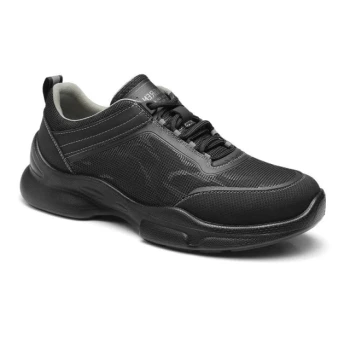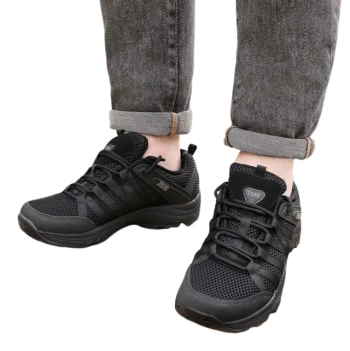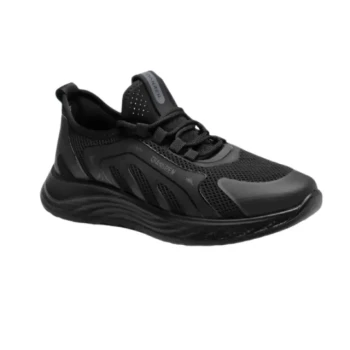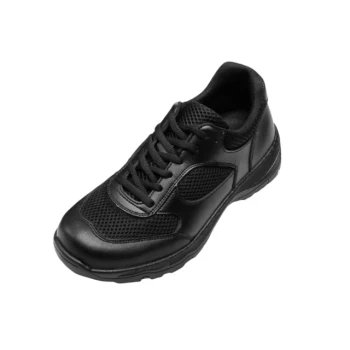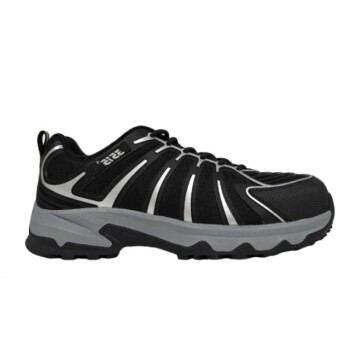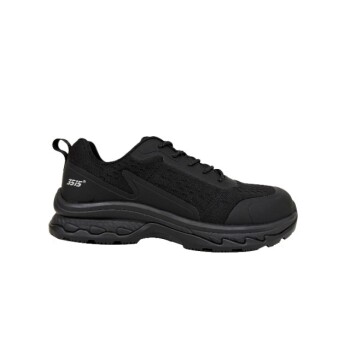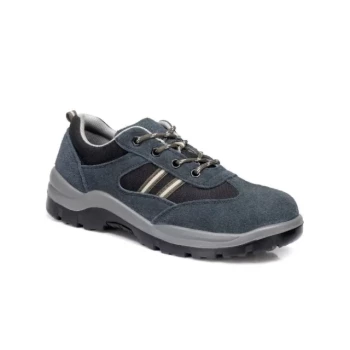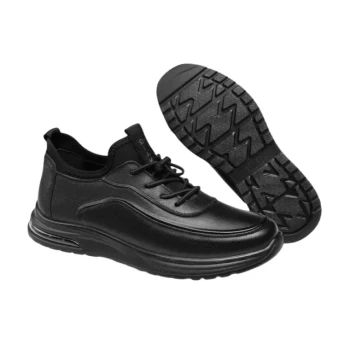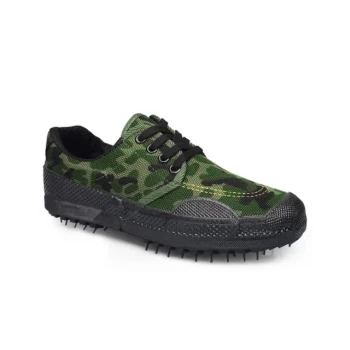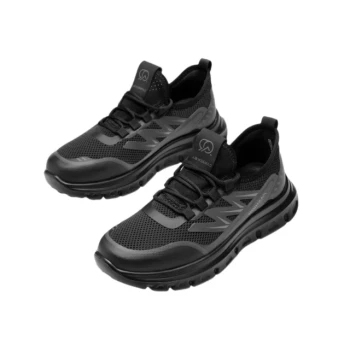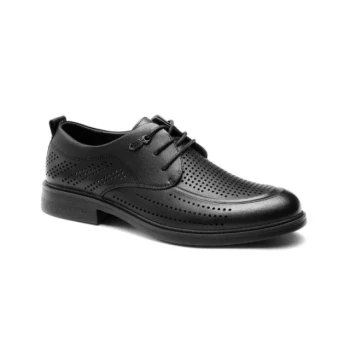To determine if a shoe's forefoot is wide enough, the most reliable method is the tracing test. You should trace the outline of your foot on a piece of paper at the end of the day, when your foot is at its largest. Then, place the shoe you are evaluating directly over that tracing. If your foot's outline extends beyond the edges of the shoe's sole, the shoe is too narrow.
The fundamental principle is that a shoe must fit the shape of your foot, not the other way around. A properly fitting shoe will allow your toes and forefoot to splay naturally, without being compressed by the shoe's upper material or sole.
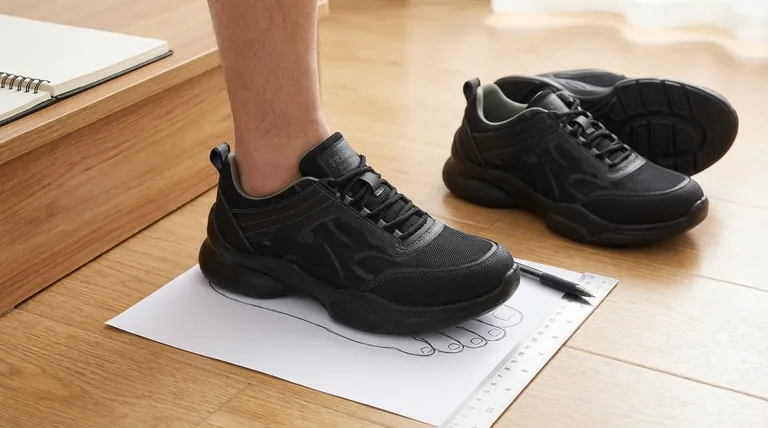
Why Conventional Shoe Sizing Often Fails
Relying solely on the size printed on the box is a common source of foot-related problems. The system has inherent limitations that can lead you to choose a shoe that is fundamentally the wrong shape for your foot.
The Myth of "Breaking In"
Many believe a shoe that feels too tight will stretch over time. While some materials like leather may give slightly, "breaking in" a shoe often means you are forcing your foot to adapt to a restrictive shape, which can lead to long-term issues.
The Problem with Standard Widths
A shoe's length (e.g., size 9, 10, 11) is relatively standardized, but its width is not. A "D" width from one brand can feel drastically different from another's. This inconsistency makes the tracing test a more objective measure of a shoe's true fit.
The Importance of Foot Swelling
Throughout the day, your feet naturally swell due to gravity and activity. A shoe that feels perfectly fine in the morning can become painfully tight by the afternoon. This is why testing at the end of the day provides the most accurate assessment of the space you actually need.
The Tracing Test: A Step-by-Step Guide
This simple test removes brand-specific sizing from the equation and gives you a clear, visual answer about a shoe's true width.
Step 1: Time It Right
Perform this test in the evening. Your feet will be at their most swollen, ensuring you are testing for the maximum space your foot will require.
Step 2: Create the Tracing
Place a piece of paper on a hard floor. While standing and putting your full weight on one foot, carefully trace its complete outline with a pen or pencil.
Step 3: Compare the Shoe
Take the shoe you are evaluating and place it directly on top of the tracing. Align the heel of the shoe with the heel on your tracing for an accurate comparison.
Step 4: Analyze the Results
Look closely at the forefoot area—the widest part of your foot. If any part of your traced outline, especially around the ball of your foot or your toes, is visible beyond the shoe's edge, the shoe is too narrow.
Understanding the Trade-offs
Choosing the right shoe often involves balancing an ideal anatomical fit with other factors like style or specific performance needs.
The Constraint of Fashionable Designs
Many modern shoes, particularly formal or high-fashion styles, feature a tapered toe box that is inherently narrow. These designs prioritize aesthetics over natural foot shape and will almost always fail the tracing test.
The Long-Term Cost of a Poor Fit
Consistently wearing shoes that are too narrow can contribute to painful conditions. These include bunions, hammertoes, and nerve issues like Morton's neuroma. The short-term compromise on style can lead to significant long-term health consequences.
Making the Right Choice for Your Feet
Use the tracing test as your definitive guide to move beyond brand sizing and find shoes that truly serve your foot's health and comfort.
- If your primary focus is daily comfort and long-term foot health: Make the tracing test a non-negotiable step and only purchase shoes that allow your foot to fit completely within their outline.
- If your primary focus is a specific style for an occasion: Understand that a narrow shoe is a temporary compromise and minimize the time spent wearing it to reduce the negative impact on your feet.
- If you are buying shoes online: Use the tracing of your own foot as a reference. Measure the width of your tracing and compare it to the manufacturer's provided measurements whenever possible.
Ultimately, you should always trust the true shape of your foot, not the arbitrary size on a label.
Summary Table:
| Key Consideration | Why It Matters |
|---|---|
| Timing of Test | Feet swell during the day; test in the evening for the most accurate fit. |
| Tracing vs. Label | A shoe's labeled width (e.g., 'D') is not standardized; the tracing test provides an objective measure. |
| Long-Term Impact | A narrow fit can lead to bunions, hammertoes, and neuromas over time. |
| Style vs. Comfort | Fashion-forward designs often have tapered toe boxes that compromise natural foot shape. |
Struggling to find shoes that fit perfectly? As a large-scale manufacturer, 3515 produces a comprehensive range of footwear for distributors, brand owners, and bulk clients. Our production capabilities encompass all types of shoes and boots, including designs that prioritize anatomical fit and comfort without sacrificing style. Let us help you source or create footwear that truly fits your customers' needs.
Contact us today to discuss your footwear requirements!
Visual Guide
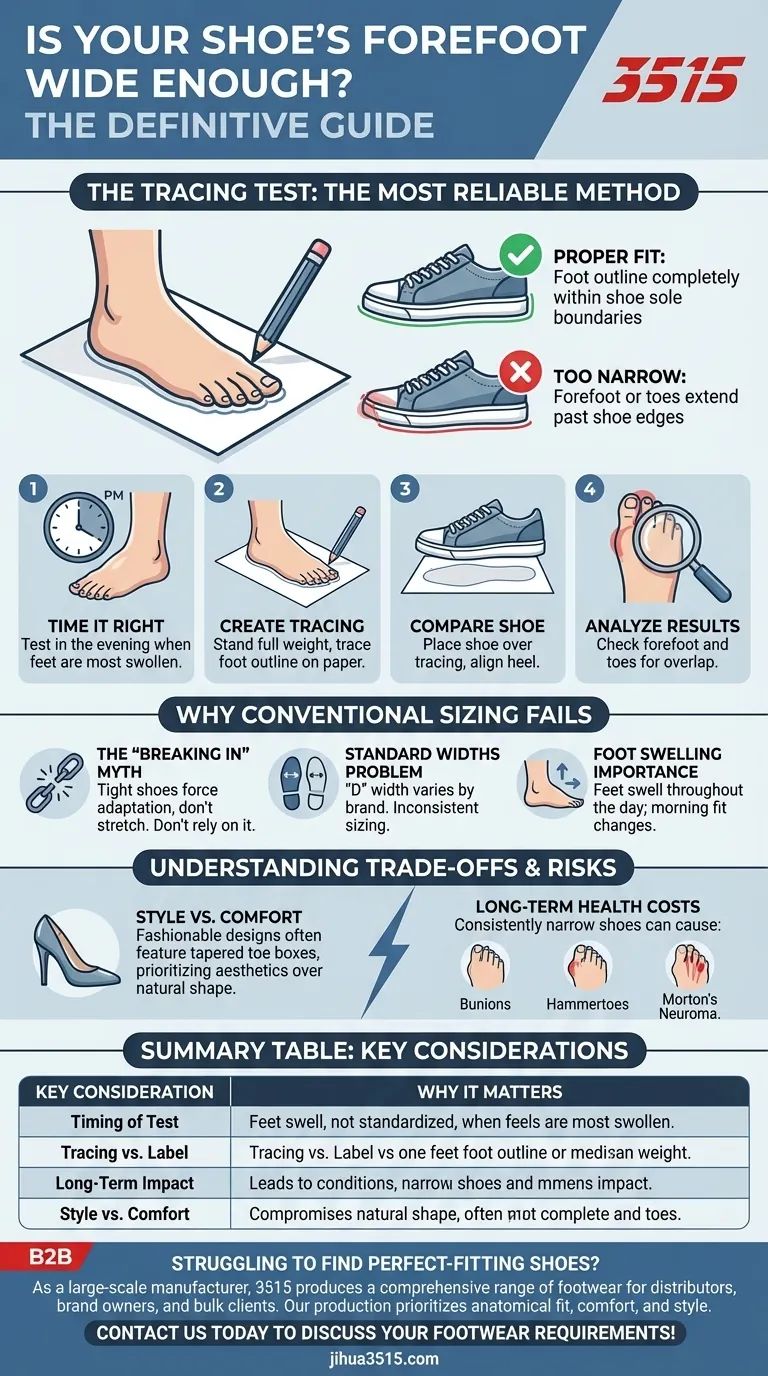
Related Products
- Wholesale Breathable Training Shoes Custom Athletic Footwear Manufacturer
- Lightweight Breathable Training Shoes for Wholesale & Custom OEM Manufacturing
- Wholesale Breathable & Cushioned Training Shoes Custom Factory Production
- Wholesale Durable & Breathable Training Shoes for Custom Brands
- Wholesale Training Shoes with Dial Lacing System Custom OEM Manufacturing
People Also Ask
- Why are running shoes and walking shoes not interchangeable? Avoid Injury with the Right Footwear
- Does more ground contact area mean better support? Unlock the Secrets of Stable Footwear
- How do athletic shoes with non-slip features differ from regular ones? Discover the Grip Advantage
- What are the benefits of breathable materials in work shoes? Enhance Comfort & Health for Your Workforce
- What are the characteristics of canvas as a shoe material? A Guide to Lightweight, Breathable Footwear
